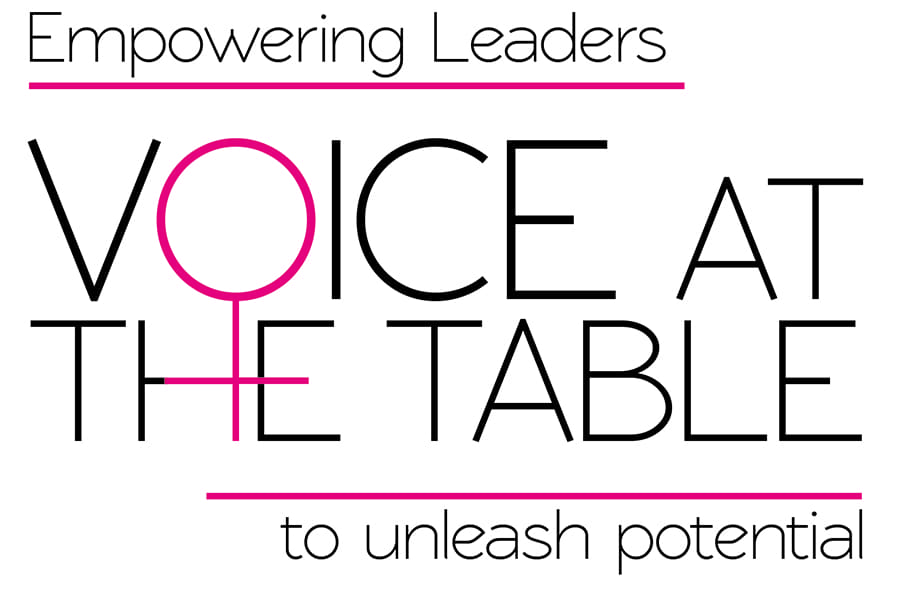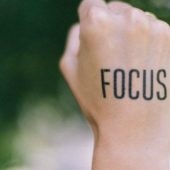By Rina Goldenberg Lynch and Suzanne Bird
At the end of September we celebrated our 10th anniversary. One of the ways in which we are marking this is with a look back at the learnings from a decade of EDI consulting and a look forward to what the next 10 years might look like. Last week’s blog covered the first part of an interview by Voice Associate Suzanne Bird, when I answered questions from our Associates about the first 10 years of Voice At The Table. This week’s blog is the second part of that interview, covering my thoughts on what’s to come in the next 10 years, both for Voice and for EDI.
Suzanne: Last week, we spoke about your time with Voice At The Table so far and how much you’ve learned. Looking ahead, when it comes to Equity, Diversity & Inclusion (EDI), what do you still want to learn?
Rina: I still want to learn how best to use technology to help people learn and use new skills, such as empathy and better listening. An aspect of technology that we’re already starting to embrace is to make it easier for people to practise new behaviour habits. Unlearning some of our old habits and perspectives will take a lot of practice, and it is difficult to make the time for this. Technology, for instance, can nudge us to make small incremental changes by practicing them often and regularly.
Suzanne: What trends do you see emerging in the EDI space in the next 10 years?
Rina: I think the focus will move even more towards behaviour change. Norms are actively and swiftly changing, so that what’s now acceptable or even desirable behaviour is already very different from many people’s understanding of what that is. Not a day goes by without an article in the papers identifying something someone did that society no longer finds appropriate. This indicates that the shift in behaviour is greater than most people comprehend. Therefore, identifying, unpicking, understanding and communicating what’s appropriate or inappropriate will become even more important in the next few years This is going to be particularly important in the context of creating inclusive, psychologically safe work environments.In terms of Diversity, our understanding of diversity of thought is going to grow and we will start to see benefits from the tools and initiatives that we’re currently designing/providing for a specific group of people benefitting others in unexpected ways. Take, for instance, advances in accessibility software that makes it easier for neurodivergent people to access information at work. What we’re learning is that those who are not neurodivergent are finding this software helpful to them as well. It’s only when we go past the first threshold of bringing more Diversity through our doors and creating a welcoming environment for everyone when we truly start to uncover the greater benefits of Diversity; that’s something we have only just begun to understand.
Finally, in terms of organisational roles, it will be standard for companies to have a dedicated in-house EDI role and EDI will become a standard must-have function as important as HR or Finance roles.
Suzanne: What will Voice look like in 10 years?
Rina: In 10 years’ time I imagine we will be doing lots of novel things that help organisations tap into the diversity of their people on a larger scale. We will also continue to work with senior influencers and leaders to help them become more conversant in this space. On the leadership side at present, the talk about EDI is passionate at its best, but leaders don’t always know what others need to hear in order to shift mindsets and effectively tackle biased practices in the workplace. Voice At The Table will be influential in creating the much-needed change in this regard.
Suzanne: From your experience with clients, what advice would you offer to help them leapfrog their journey to inclusion?
Rina: I would simply say, keep your eyes on the prize. And the prize is Diversity! If you do the hard work, you will reap the expected as well as the unexpected rewards of Diversity.
If you would like to tap into our experience in helping organisations navigate the EDI Journey, why not set up an Ask Me Anything call with Rina?
Suggested Reading











 This article has been a long time in gestation – novels have been written quicker. But its development, alongside the evolution of my views, has given me the confidence (yes, men need confidence too) to write for Voice At The Table. It is also the story of why the men who should be publicly leading on gender equality mostly stay silent.
This article has been a long time in gestation – novels have been written quicker. But its development, alongside the evolution of my views, has given me the confidence (yes, men need confidence too) to write for Voice At The Table. It is also the story of why the men who should be publicly leading on gender equality mostly stay silent.

